Business class flights, luxury hotels top the latest travel trends
The latest trends show luxury is booming, with travellers shirking tourism crowds, seeking pristine wilderness and flying flat.
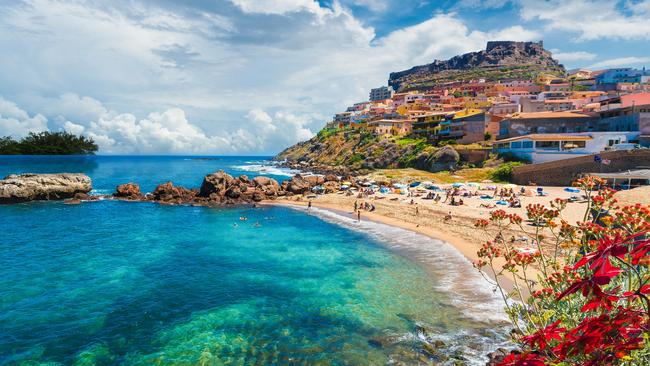
Those who have visited Europe this year can be in no doubt the world is on the move again. I was in France in early summer when Paris was inundated, and all the talk was of “over-tourism” at popular attractions such as Mont Saint-Michel. The figures support the anecdotal evidence. Virtuoso, a global travel agency network specialising in high-end holidays, reports a 69 per cent increase in global sales over pre-Covid 2019 numbers for the first half of this year, with hotel bookings jumping 173 per cent and cruising 122 per cent. Bookings leading into 2024 are equally strong. And Europe is running hot, especially the key centres of Rome, Paris and London.
How to avoid the crowds? Low-season travel is one option. Or head off-piste into the regions. We rented a car and mooched from Normandy to Berry, Creuse and the Limousin in central France, once a remote getaway for Monet and his fellow Impressionists. There were few tourists, and those we bumped into were French, but plenty of chocolate-box villages, including the gorgeous Gargilesse-Dampierre and Aubusson, and off-the-beaten-track delights such as Les Jardins D’Orsan, a restored monastic garden. As we navigated empty country lanes, always being sure to arrive for lunch by 12.30pm, we felt we had discovered the “true” France. No crowds, no Paris prices.
This style of authentic experience tops the seasoned traveller’s wish list, and Covid has unleashed a pent-up demand for that bucket-list trip. Travellers are splurging on seats in the pointy end of aircrafts. They are travelling further, being more adventurous and looking for hotels in offbeat locales, incorporating wellness into their travel routines, and choosing small cruise ships that offer a more intimate connection with people and place.
Trend forecaster WGSN, partnering with the pioneering Soneva luxury eco resorts, reports a demand for more nature-based, adventure travel to ameliorate our “overstimulated lives”. Conversely, as work-life boundaries continue to blur, WGSN has also identified a growing cohort of “bleisure” travellers. So, expect to see more laptops on the beach and busy co-working spaces dominating hotel lobbies.
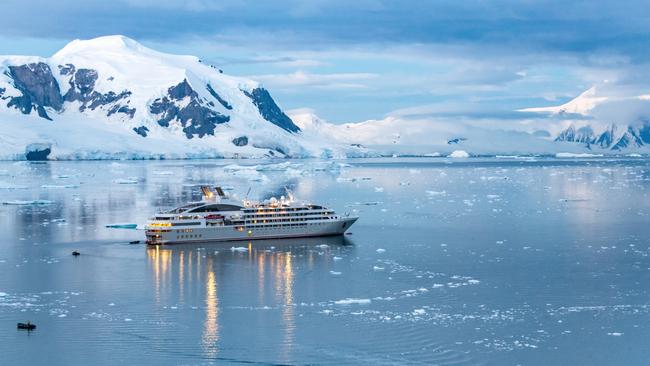
Small and suite
Deb Corbett, general manager sales and marketing Asia-Pacific for the French-flagged Ponant cruise line, says post-Covid “revenge travel” continues to impact the market, with strong demand for premium suites and back-to-back voyages. Small expedition ships are providing an “intimate and personable atmosphere” to remote corners of the world, including Antarctica and the Arctic, with the added benefits of on-board scientists and naturalists.
“And this is what expedition cruising is all about – getting away from the most crowded maritime routes and offering unique bespoke experiences that connect like-minded people with a passion for exploring,” she says. The Kimberley is the No. 1 destination in Australia for expedition ships, she says, while further afield Japan is emerging as a popular choice – a “surprising” archipelago with many “little-explored treasures”.
Joseph O’Sullivan, managing director of small-ship cruise specialist Cruise Traveller, agrees. “The demand for small-ship, boutique, expedition and ultra-luxury cruises has never been higher, driven by premium travellers’ desire to sail with fewer people to more unique destinations … Travellers … recognise that spending a little bit more upfront increases the experience exponentially.” Emerging destinations include PNG and the Mekong.
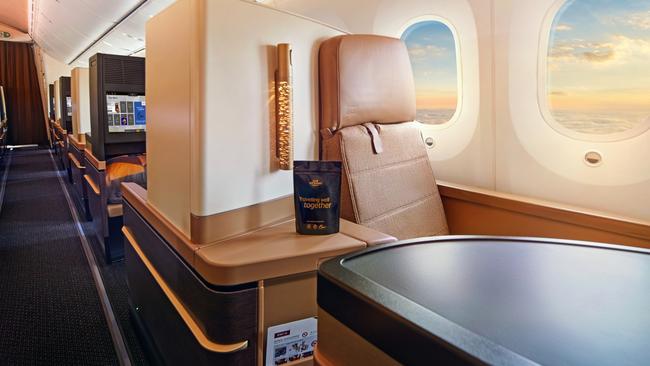
Taking care of business
Premium plane seats are in high demand, with many airlines, including Cathay Pacific, Air New Zealand and Air India, set to roll out new-look business cabins. Phil Capps, Qantas executive manager of customer product and service, confirms the trend as the airline overhauls first, business and premium economy cabins on its A380s. “It feels like a new aircraft,” he says.
The growth of ultra long-haul travel (Qantas’s Project Sunrise non-stop A350 services from Sydney and Melbourne to New York and London take off late 2025) places huge importance on passenger comfort. The A350s will be premium heavy, says Capps, and Qantas is working with the University of Sydney to improve in-flight health and reduce jetlag. Lighting and food play a role here. For example, Capps says cherries contain the melatonin enzyme, which helps induce sleep. Let’s see what Qantas creative director of food, beverage and service Neil Perry can do with them.
Earlier this year, Etihad announced its new Elements business-class seat, providing greater privacy with the addition of a sliding suite door. The airline’s vice-president of sales Australasia, Sarah Built, reports robust demand and “no indication of this trend diminishing”.
Demand for the more price-accessible premium economy is also growing among leisure travellers, with Emirates set to add almost 4000 seats in this category by 2025.
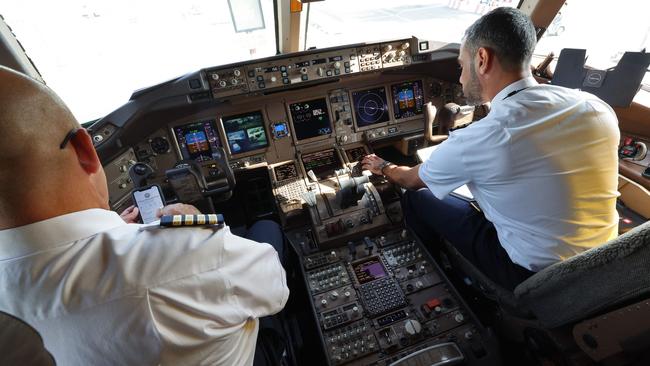
Questions of carbon
“Leave only footprints” has long been the adventure traveller’s mantra. Carbon footprints are another matter. After working in the travel industry in senior roles for two decades, Alison Greer began to take stock of the negative environmental and social impacts of tourism in some areas. At the same time, she was galvanised by the efforts many hotels were making to operate more sustainably. Greer cites the visible results – recycling bins in guestrooms, locally sourced food and minimal plastic – but stresses the biggest impacts are back of house: energy use, in particular, and how waste is managed, but also social projects that benefit the community.
In July, Greer launched a new hotel booking platform, GoKinda, listing 455 hand-picked hotels worldwide that match style with eco-substance. Travellers don’t need to travel to the Serengeti to make good choices, she says; city hotels are also working to reduce their environmental footprint.
Reducing the carbon footprint is a much bigger challenge for airlines, and Sustainable Aviation Fuel is one solution. American Airlines, British Airways and Qatar are among the carriers committing to using SAF. Qantas has pledged to use 10 per cent SAF in its overall fuel mix by 2030 (about 60 per cent by 2050). This year the airline is purchasing 10 million litres for flights out of London and, from 2025, it will buy 20 million litres annually out of California.
In June, the federal government announced the Australian Renewable Energy Agency will invest $30m to help develop domestic SAF production. Etihad is also testing SAF, with a first flight using a 40 per cent blend taking off from Tokyo last October. “We are not limiting ourselves to biofuel but are also looking at producing synthetic fuels from waste and even ‘green hydrogen’,” says Sarah Built. “The catch here is that all of this will take time … for upscale and commercialisation.”
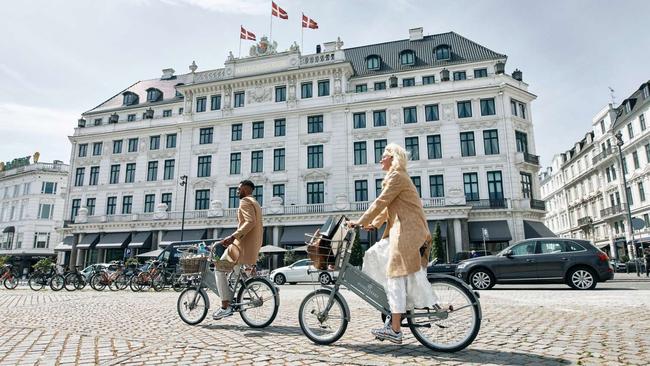
In the summertime
For Australian travellers, nowhere has been hotter than Europe this northern summer, especially Paris, London and Rome. Italy has been incredibly popular, says Michelle Mickan, head of marketing for Abercrombie & Kent, but travellers are pushing out from the well-trodden trail of Rome, Florence and Tuscany into the regions, including Sardinia and Sicily. Etihad is adding new second-tier European cities to its network, including Malaga, Mykonos, Copenhagen, Dusseldorf and Lisbon. The catch? “Global boiling.” Parts of Europe are just too busy and too hot. As a result, we are beginning to see more travellers opt for shoulder-season travel either end of the northern summer and, according to industry experts, these shoulders are set to broaden. April is the new May.
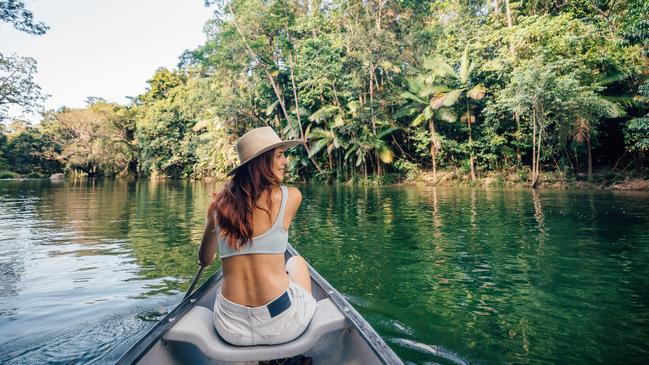
Wildly exclusive
“Pristine wilderness is the new luxury,” says Drew Kluska, founder of The Tailor, which specialises in bespoke tours in Australia, primarily for American clients. People no longer want to be driven around and spoken to, he says; intimate settings, connecting with experts and skilled guides is what’s required. And the more niche, the better. Fancy a day in the field with a world-leading echidna expert on Kangaroo Island?
Emerging destinations include South Australia’s remote Eyre Peninsula, which is increasingly popular with international travellers (watch for the luxury Rumi retreat being developed on Louth Island). Also gaining traction are the lowland rainforests of Kutini-Payamu/Iron Range National Park north of Port Douglas in Queensland and the uninhabited Wessel Islands in the Northern Territory.
Growing demand for private jet travel emerged during Covid and travellers aren’t prepared to relinquish this luxury, says Kluska. Likewise, yacht charters are popular, especially to remote areas such as north of Lizard Island near Raine Island, home to the world’s largest green turtle nesting population.
I’m just back from Bullo River Station in the Northern Territory, a famous pastoral spread undergoing a transformation. The new owners are working with the Australian Wildlife Conservancy to protect and rehabilitate this extraordinary landscape. I can attest to the life-reaffirming benefits of heading bush and disconnecting, getting plenty of dust on the boots, but with a restaurant-quality meal at the end of the day and a comfy bed in stylish surrounds. The new luxury is off-piste, with all the five-star trimmings.
‘Shoulder-seasons are set to broaden. April is the new May’
Get well soon
Wellness has been trending for years but travellers are increasingly looking beyond a hot rocks massage for spiritual connections in off-the-beaten-track hotels and resorts. In the latest Design Hotels survey, 60 per cent of travellers said they were actively increasing daily wellness rituals.
The newest hotel within the group’s portfolio to embrace this shift is Manna in Arcadia, Greece, a former sanatorium tucked away in an ancient fir forest and transformed into a remote sanctuary boasting an extensive healing program. Alternatively, there’s Eremito in Umbria, where guests reside in single-occupancy monastic “cells” and disengage in “silent dinners”.
More conventional spa retreats in Thailand are back in vogue, and Iceland is emerging as a popular wellness destination. The group behind Phuket’s exclusive Trisara resort is developing a large wellness resort on a 96ha plot of forest in the north of the island.
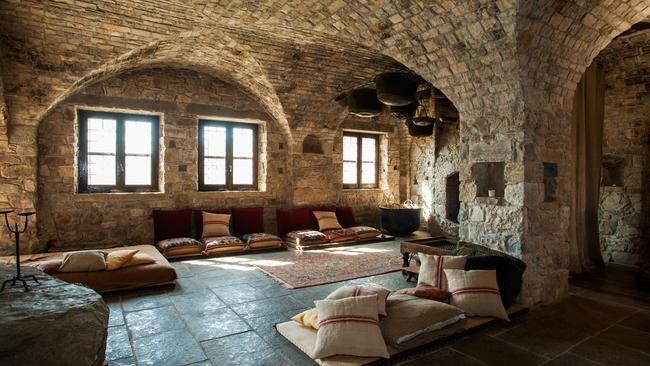
Intelligence tests
Travel tips courtesy of ChatGPT are on the rise. A colleague asked it for advice on how to spend two days in Rome and “within 30 seconds it gave me a list of five things to do. It can also be used to translate in real time which is … super helpful.”
Young hotel executive Rachel Pronk decided to give it a go when planning a more complex trip to Italy. “With my draft email ready to go out to traditional travel agents, I copied and pasted into ChatGPT. I included my travel dates, budget and preference of a ‘romantic’ holiday … within seconds, I had a full itinerary, with three accommodation options per location. ChatGPT had even included restaurant recommendations and attractions.”
For many of us, nothing can replace an experienced travel professional with a little black book of contacts collected over years in the industry. During Covid, Adelaide-based agent Cathy Elliott was forced to take another job, but she’s back in business and can’t keep up with demand. “Going from nothing to full-on” has been challenging, she says, with the added complications of fewer staff and limited flight capacity.
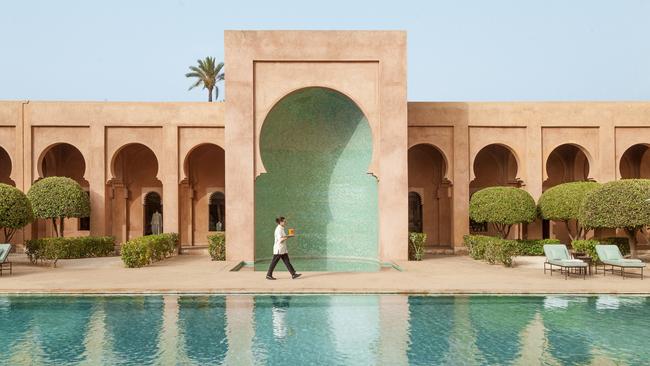
Bucket lists
Travellers are pressing the “go” button on bucket lists. Abercrombie & Kent’s Mickan says travellers are bringing forward plans to book the trip of their dreams. Egypt is the No. 1 destination for the company’s clients in Australia and worldwide, with a “halo effect” for Jordan, Israel and Morocco. African safaris, especially in Kenya and Botswana, are hot to trot. And many travellers are elevating their bucket list dreams to exclusive tented camps set up on the plains of Masai Mara or in Ol Pejeta.
Other emerging destinations noted by A&K include Sri Lanka (on the comeback trail), Costa Rica, Namibia and Colombia.
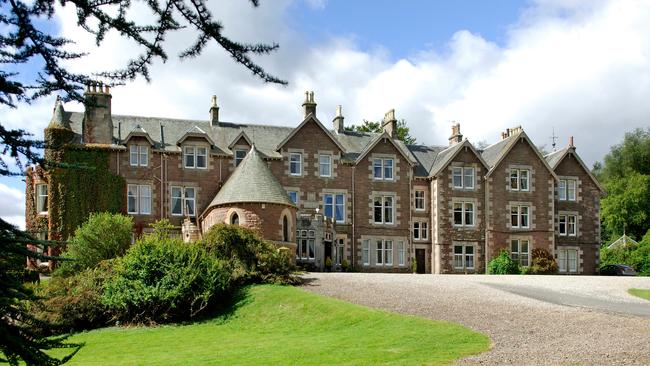
Hobby hotels
Hotels are a popular side hustle for plenty of celebrities and one former US president. Leonardo DiCaprio is reported to be developing an eco-resort on a private island in Belize; Gwyneth Paltrow recently listed her Californian guesthouse on Airbnb, as did Ashton Kutcher and Mila Kunis. For a day.
Clint Eastwood has the 31-room Mission Ranch Hotel in Carmel, while Francis Ford Coppola owns the Palazzo Margherita in southern Italy. Andy Murray snapped up Cromlix House in Scotland, and let’s not forget Robert De Niro’s Nobu and Cristiano Ronaldo’s Pestana CR7 hotels.
This year’s celebrity hotel debuts include the 13-room Vermelho on Portugal’s Alentejo coast from haute shoe designer Christian Louboutin (floor tiles feature the designer’s trademark red). A 12-room villa in Tangier, the former home of Yves Saint Laurent and Pierre Berge, has been transformed by British designer Jasper Conran into the hotel everyone is talking about. Lapped by gardens and overlooking the Strait of Gibraltar, Villa Mabrouka combines sun-drenched Moroccan romanticism with an English country house sensibility.
For those looking for more fashion connections, check out Small Luxury Hotels of the World’s listings. There’s fashion house Fendi’s seven luxury suites tucked above its flagship store on Rome’s Via dei Condotti. In Milan, a former perfume factory in the fashion district has been turned into a hotel by the family that developed scents for Salvatore Ferragamo and Bulgari. Magna Pars L’Hotel a Parfum has 39 contemporary suites and the chance of an “olfactive check-in” in the perfume laboratory. It’s an idea not to be sniffed at.

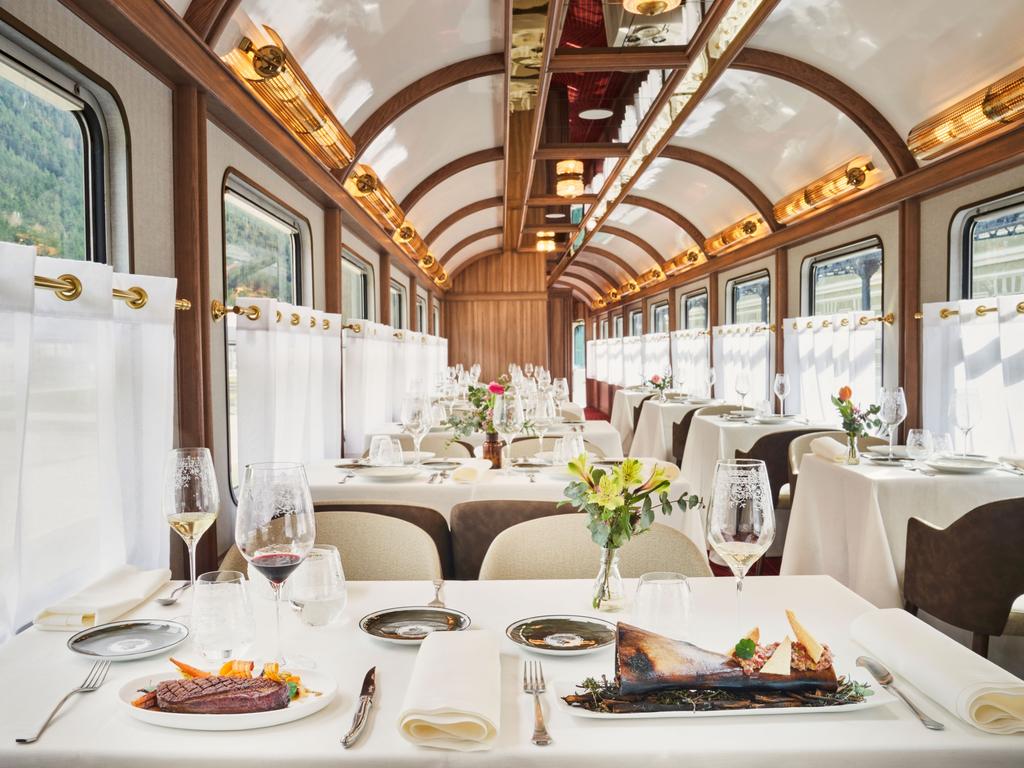
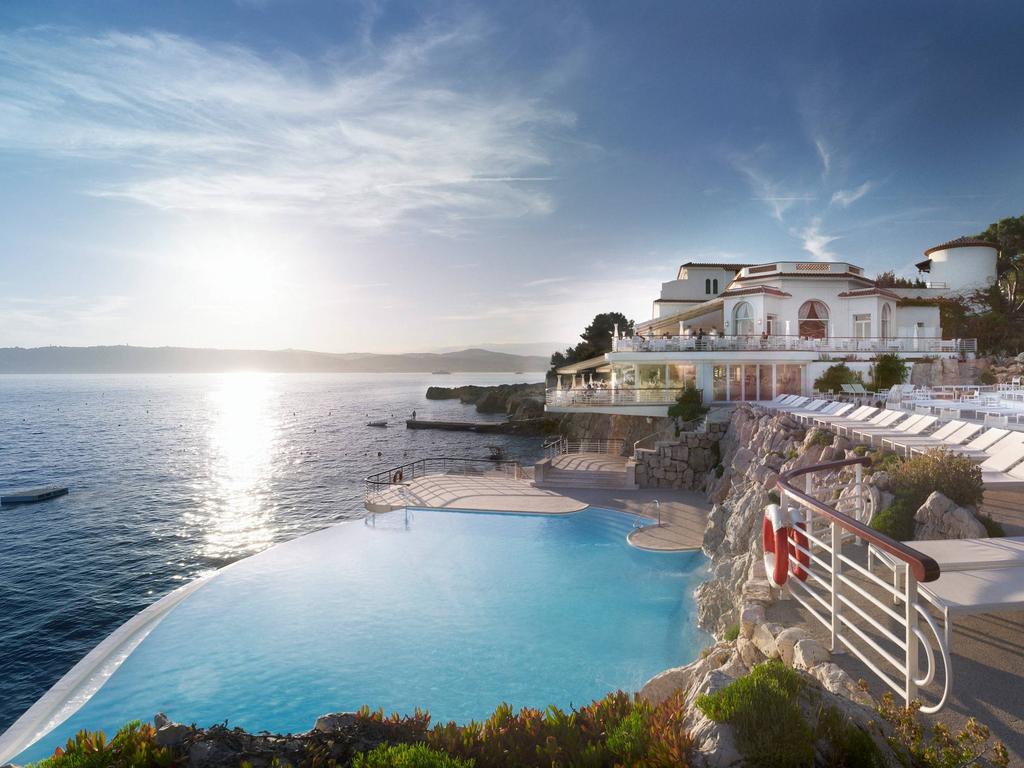
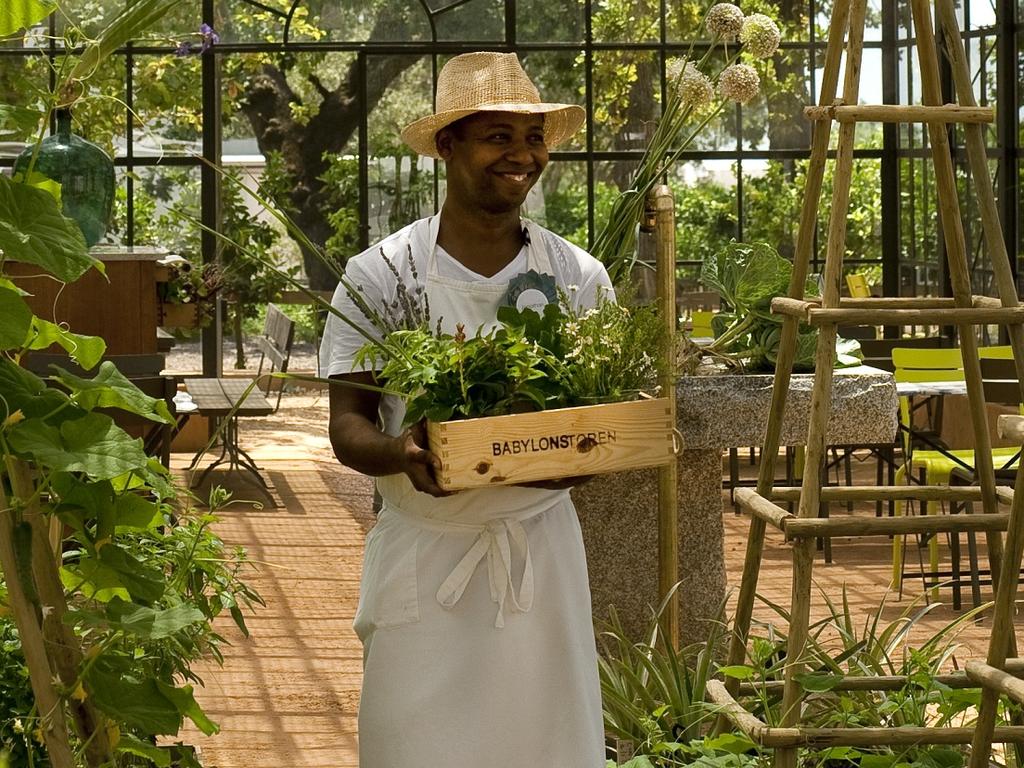

To join the conversation, please log in. Don't have an account? Register
Join the conversation, you are commenting as Logout